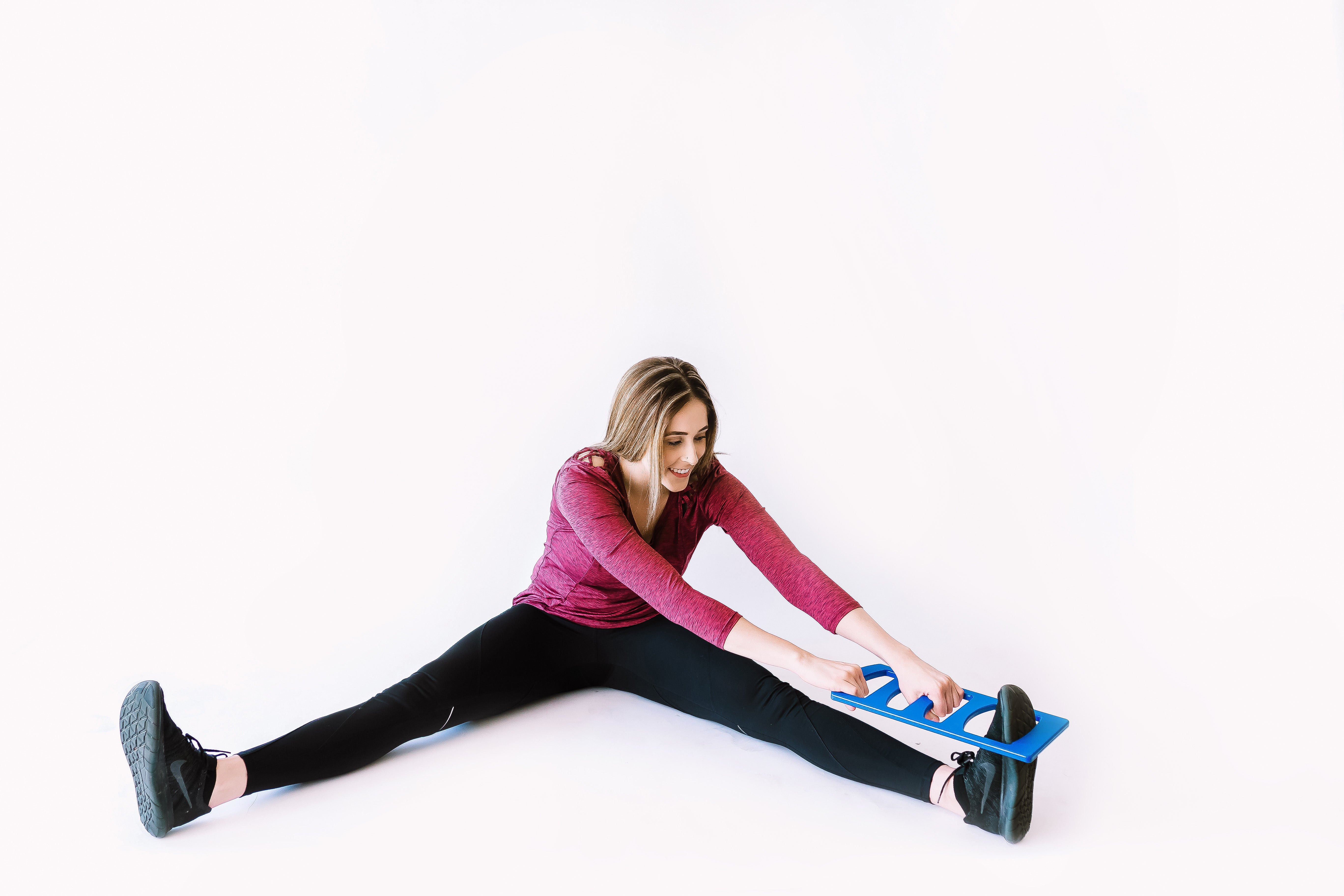Lifting and Moving your Legs

The Complete Guide to Active Leg Stretches for Movement Preparation
Dynamic stretches for lifting and moving your legs represent a crucial component of any comprehensive fitness and mobility program. Unlike static stretches that involve holding positions for extended periods, dynamic leg stretches involve controlled movements that take joints through their full range of motion while preparing muscles for activity. The USTRETCH device enhances these movements by providing external support and resistance that allows for more controlled and effective dynamic stretching.
The importance of proper movement preparation cannot be overstated, particularly when it comes to activities that involve lifting, squatting, or other complex leg movements. Dynamic leg stretches serve multiple purposes: they increase blood flow to working muscles, improve joint mobility, enhance neuromuscular coordination, and reduce the risk of injury during subsequent activities. Research consistently demonstrates that individuals who perform dynamic stretching before physical activity experience improved performance and reduced injury rates compared to those who perform static stretching or no warm-up at all.
A comprehensive study published in the Journal of Strength and Conditioning Research found that athletes who performed dynamic leg stretches before training showed a 12% improvement in vertical jump height, a 15% increase in sprint speed, and a 28% reduction in lower extremity injuries compared to those who performed static stretching. These remarkable findings highlight the performance-enhancing and protective benefits of dynamic stretching when performed correctly and consistently.
The physiological mechanisms underlying the effectiveness of dynamic leg stretches are complex and multifaceted. When we perform controlled, rhythmic movements through full ranges of motion, we activate the stretch-shortening cycle of muscles, which is essential for explosive movements and athletic performance. This activation primes the nervous system for activity and improves the coordination between agonist and antagonist muscle groups.
Dynamic stretching also promotes the production of synovial fluid within joints, which serves as lubrication and nutrition for cartilage. This increased fluid production helps reduce friction within joints and can improve movement quality and comfort during subsequent activities. The rhythmic nature of dynamic stretches also stimulates proprioceptors, which are sensory receptors that provide information about joint position and movement. This enhanced proprioceptive awareness can improve movement control and reduce the risk of injury.

